I usually read full books, but out of curiosity I read the 15 min summary of the "Motivation Manifesto" by Brendon Burchard. I will never go for a summary over the experience of reading the book again. I felt like I was cheating on the author. Plus, similar to someone telling you about how good a class was, secondhand info can never replace what you may have learned from having the experience yourself.
Anyway, that’s not what I am writing about, there was a quote in there that struck a cord....
"Waiting for the perfect day to initiate change is essentially the same as choosing never to start, because perfect opportunities are so few and far between.”
If you keep hearing yourself say “I should …..,” either take steps to make it happen ASAP, or have an honest talk with yourself about why that thing is not actually very important. It will probably never be done.
Harsh? maybe. But I’m here to fuel your fire.
You are probably subscribed to Flow Movement because you are interested in moving better. Perfect, I can help with that. But first, in what ways do you let opportunities for movement improvement pass you by?
Take a minute to think it over.
Movement improvement can happen at any time -- not just during designated training times.
Here are a few tiny things you can do NOW
(and over and over again/always) to improve your movement quality:
**Place one hand on your belly and one on the center of your chest. Check in with your breath. If you do not feel your abdomen move for the first 2/3 of your inhalation, and the chest for the last third, try to relax your airways and allow natural, three dimensional breath movement to happen. Go for belly expansion with a soft chest and throat.
**Check in with the alignment of your head. You are reading this, but how are you holding yourself while reading this? Chronic forward head posture is a major stressor to your musical-skeletal system with repercussions ranging from chronic pain to lack of flexibility/strength and even negative emotions. It’s worthwhile for you to become conscious of the relationship between your head and shoulders.
**Immediately after reading this go to the closest wall or floor and have two minutes of you time. Breathe, stretch, and explore. Scan your body for muscles that could use some blood flow and pump them up. Focus on what you feel. Stay with what needs more attention.
Short on ideas? I don’t believe that -- you have made it this far....Start with anything: move your head, your pelvis; squeeze your glutes; make yourself long. If you still need help, check out some videos HERE.


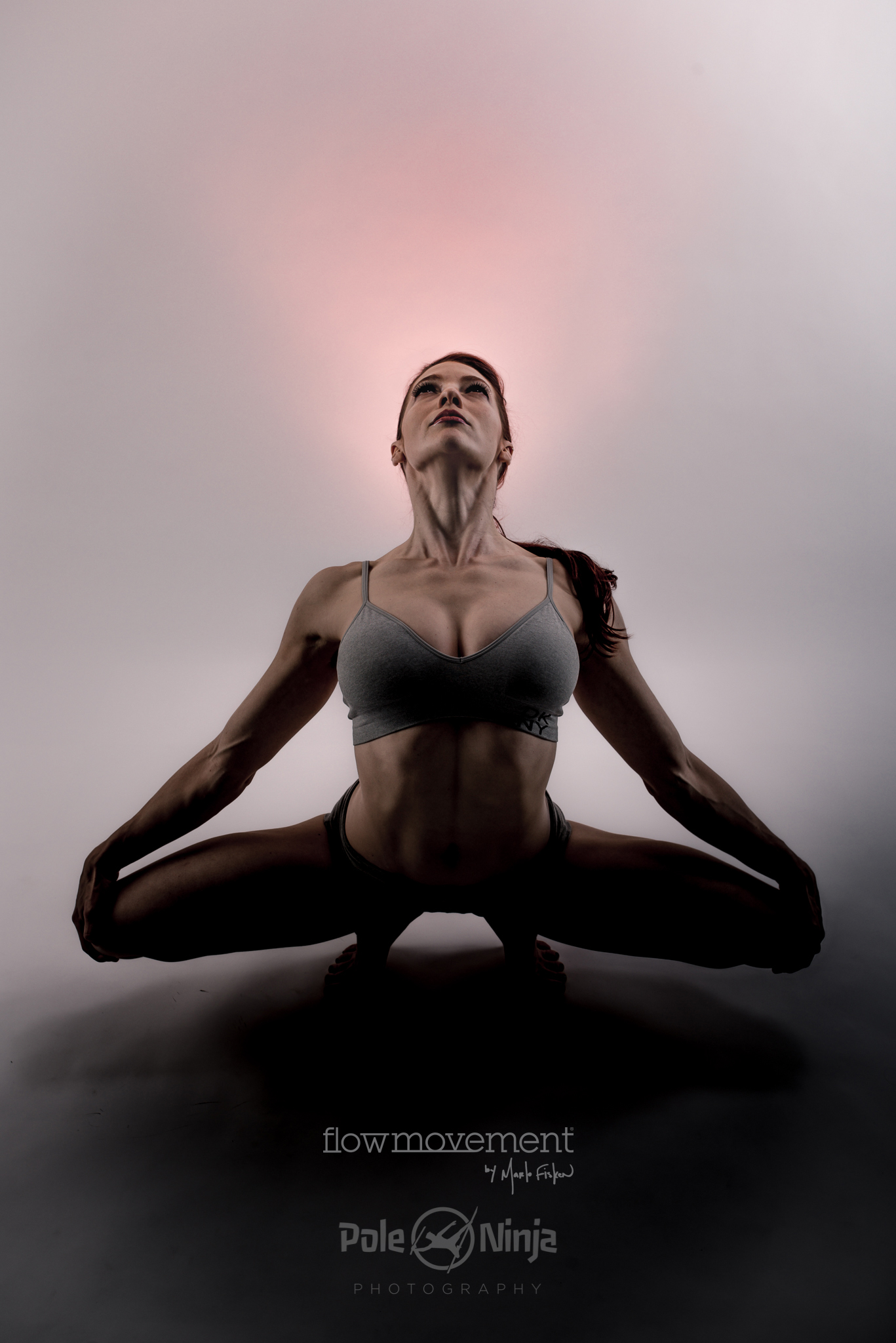



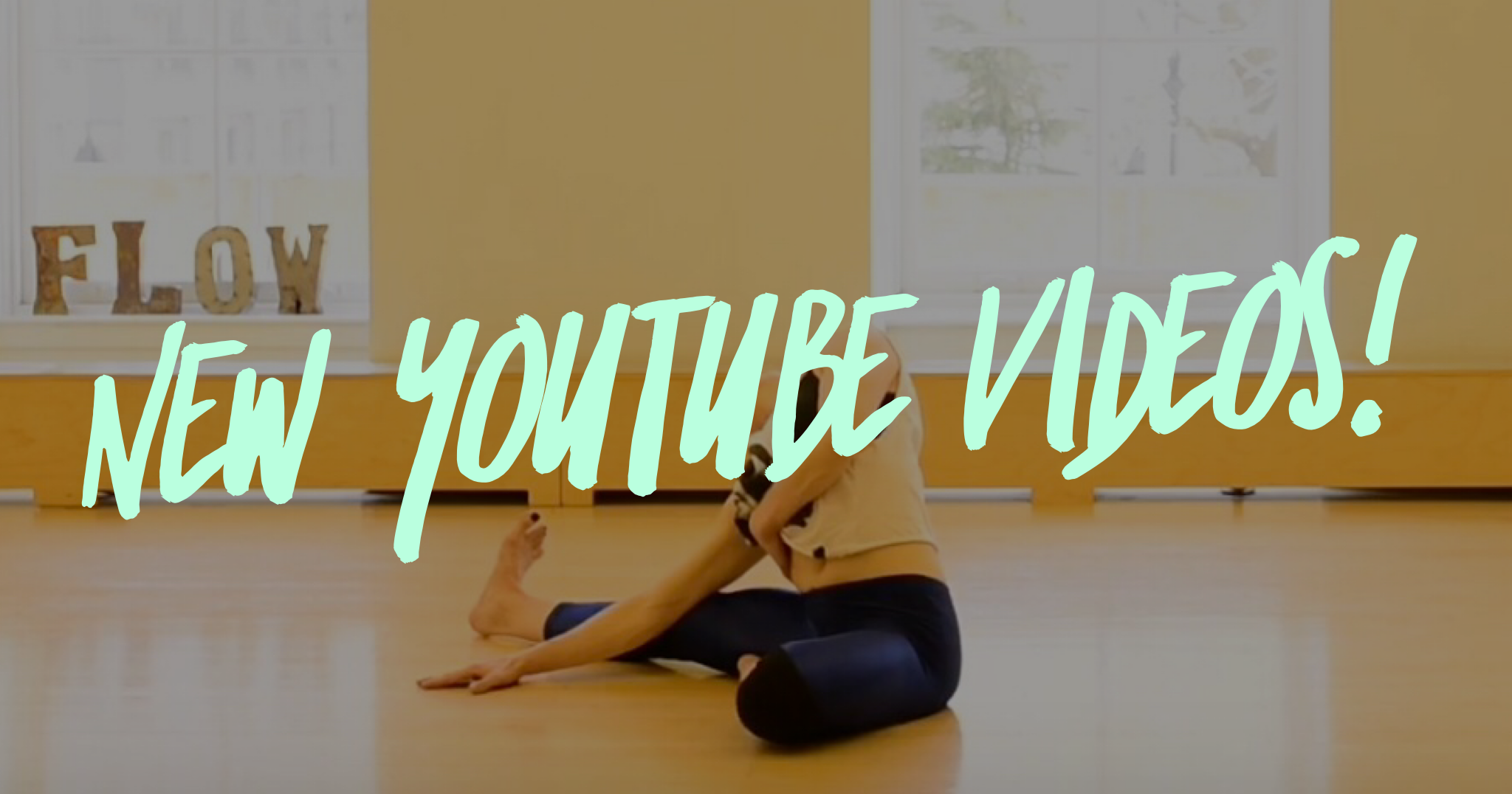

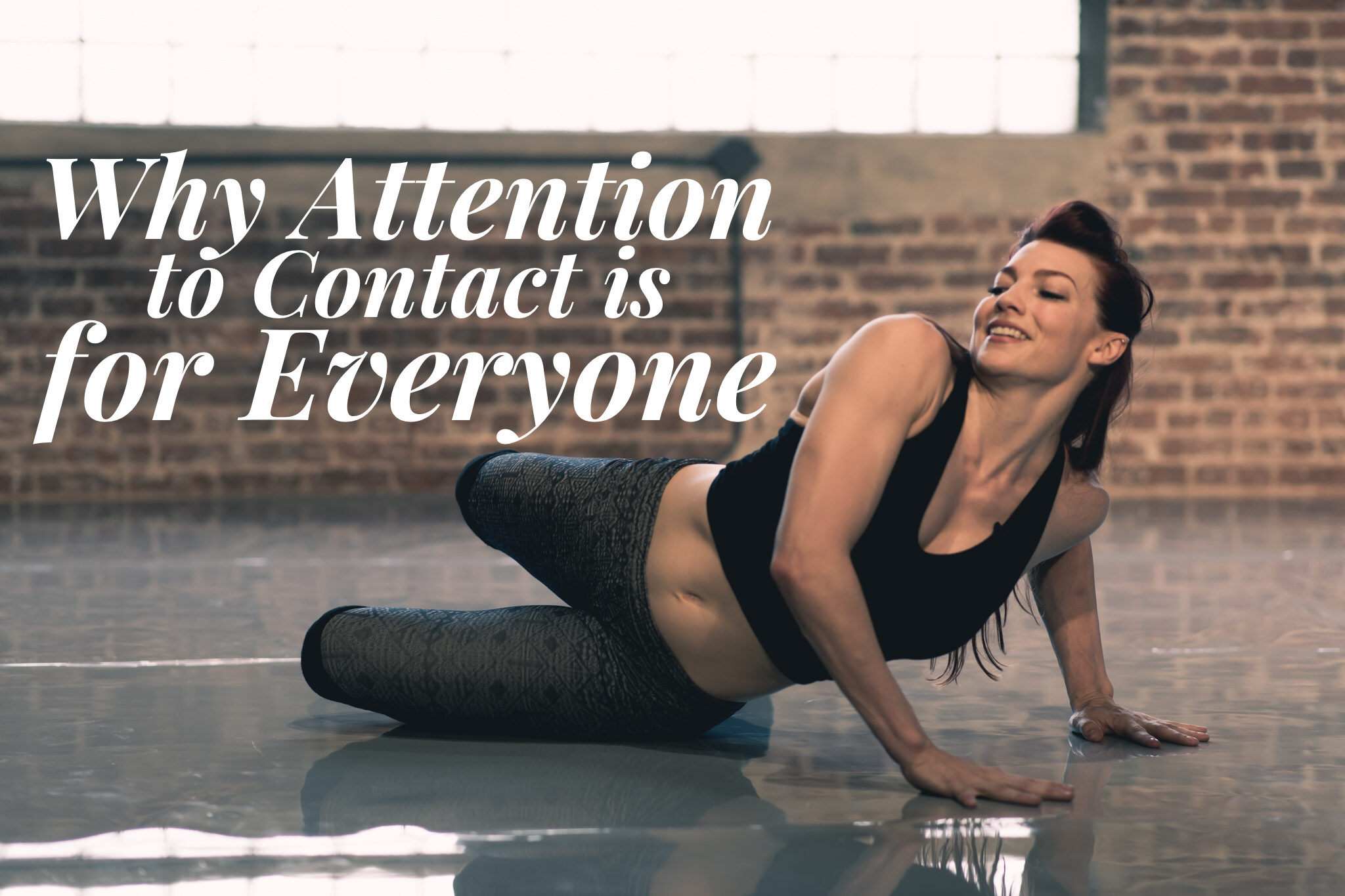


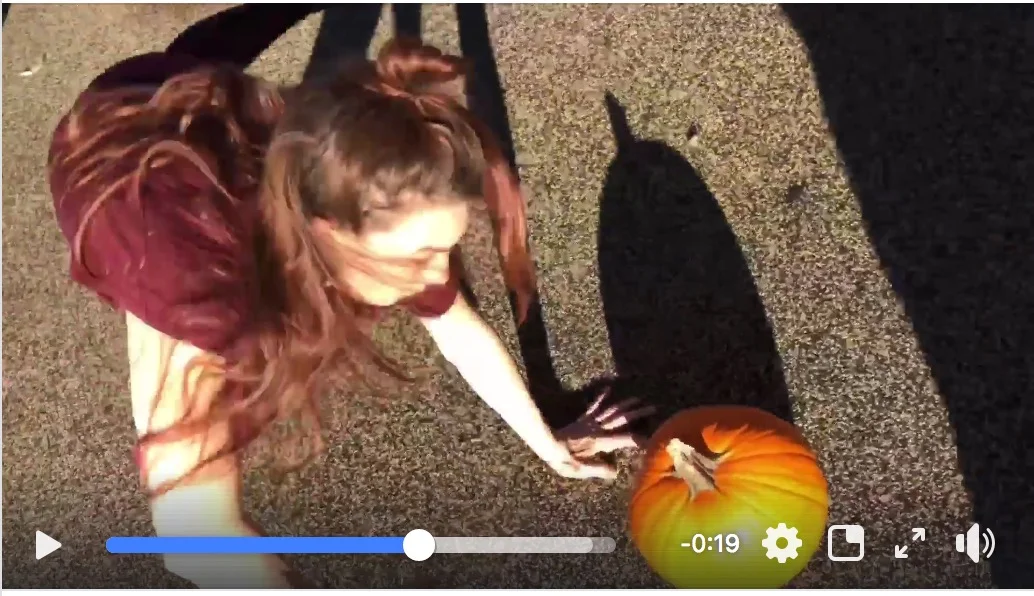


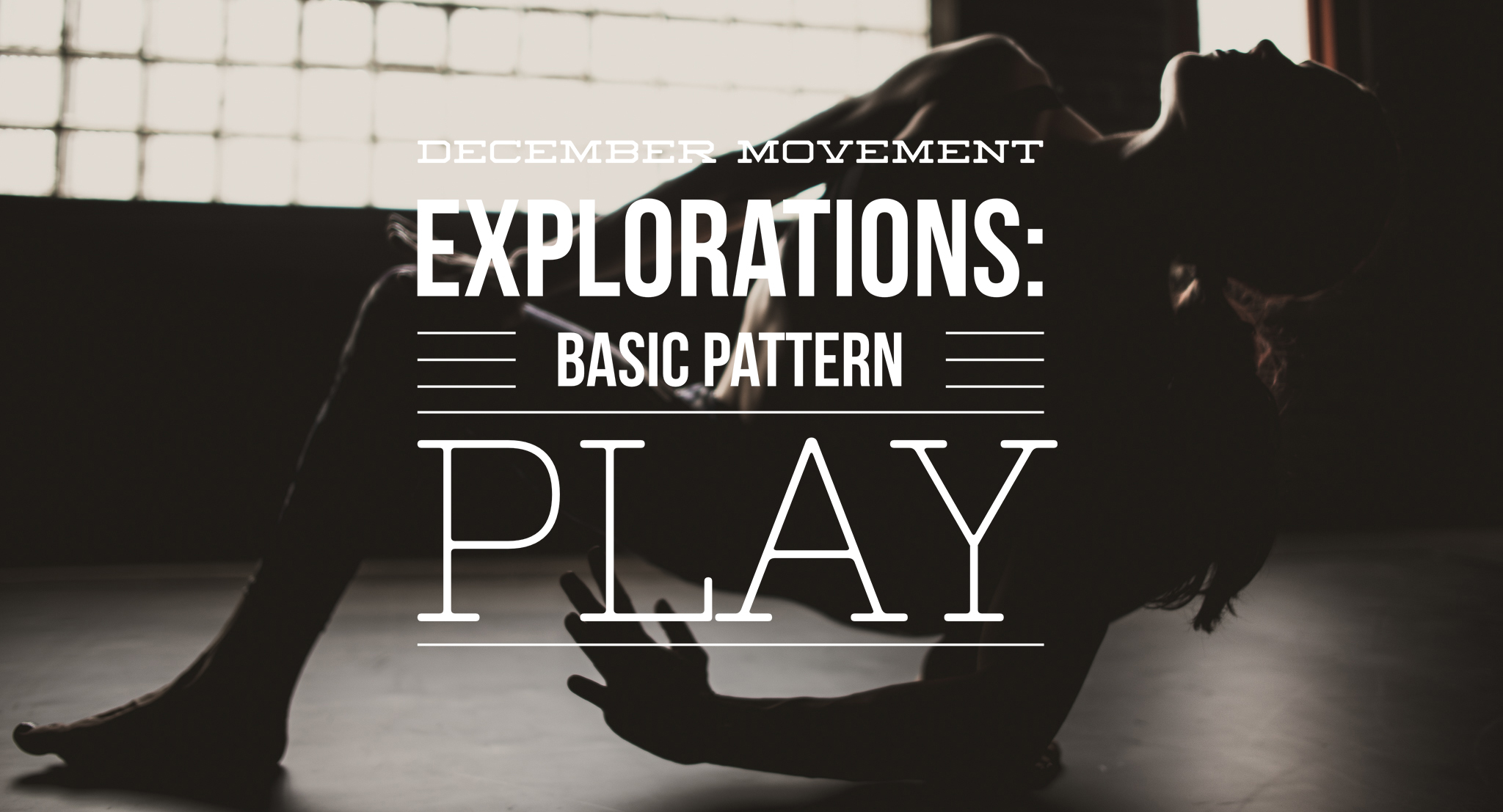


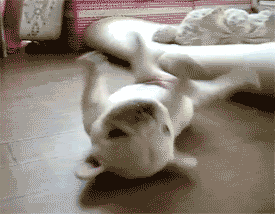

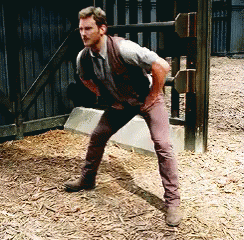

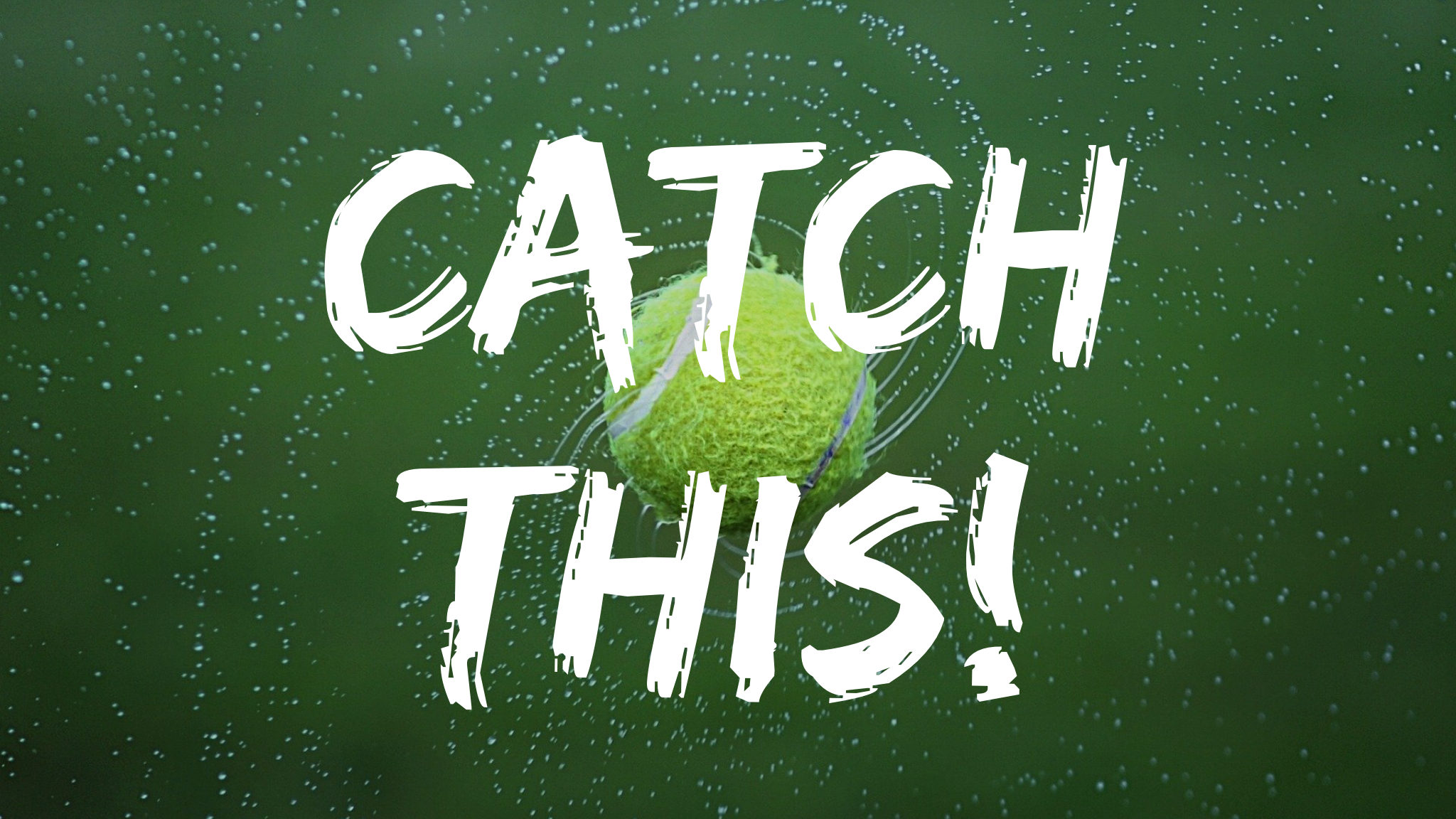


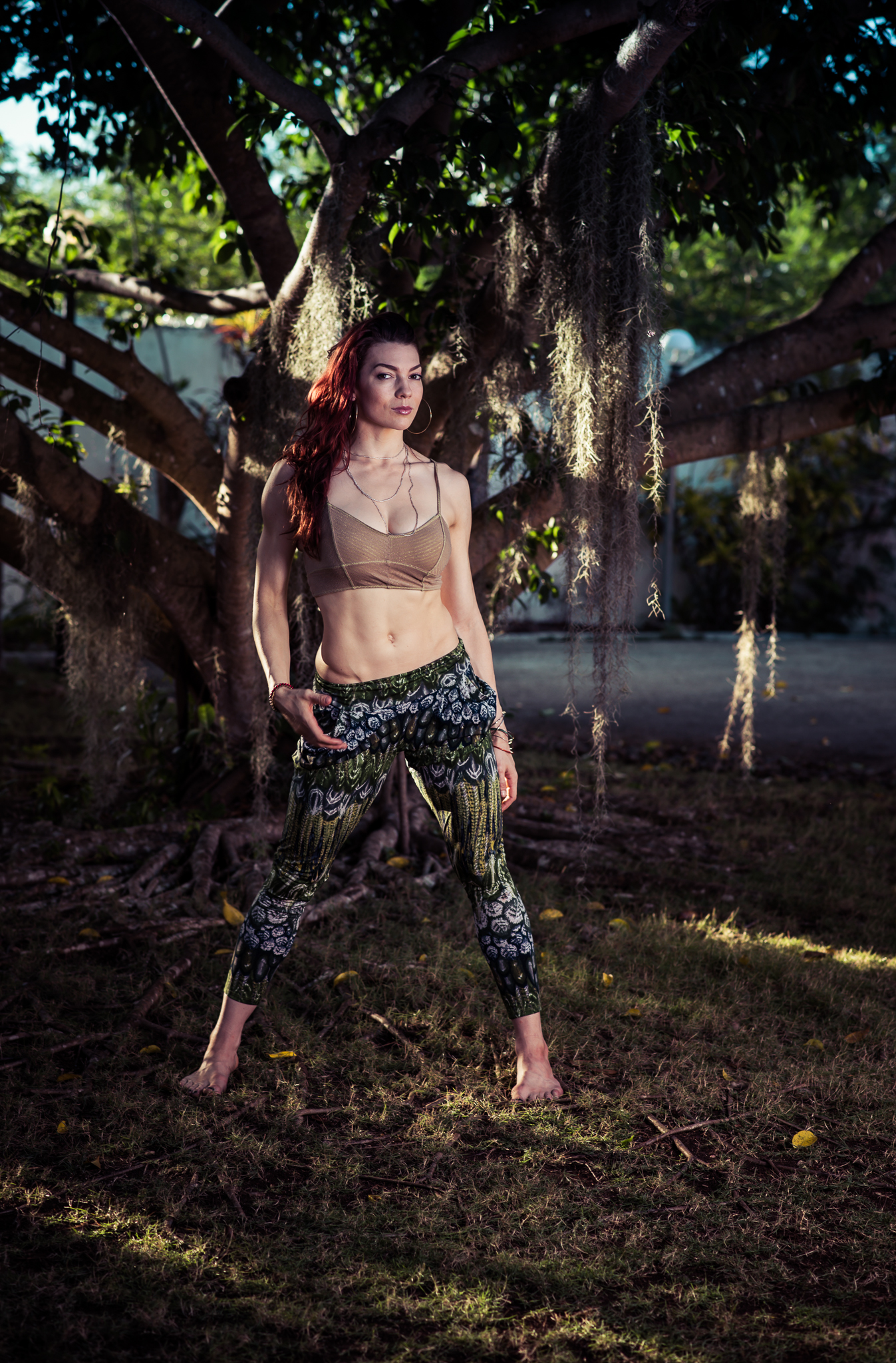
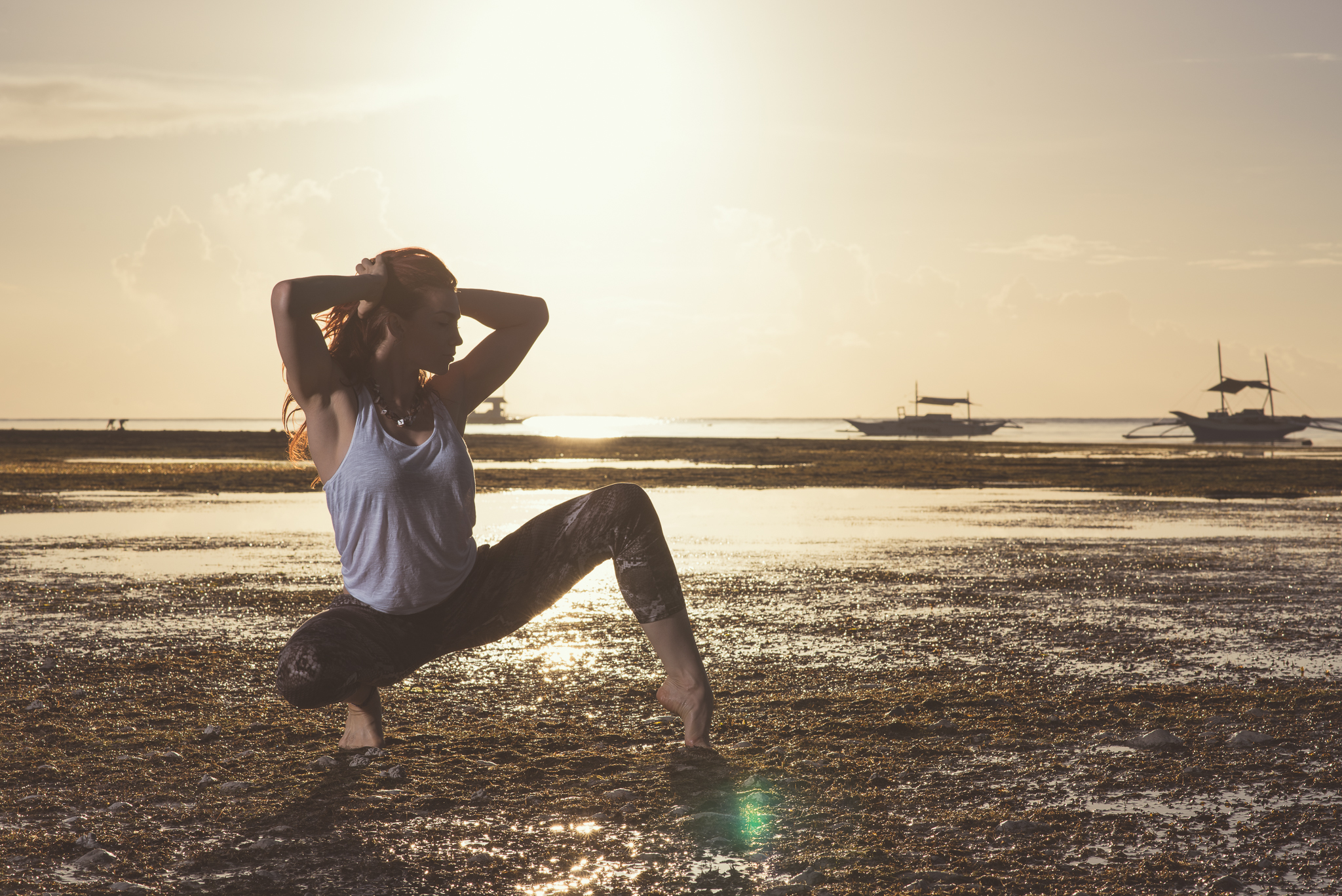
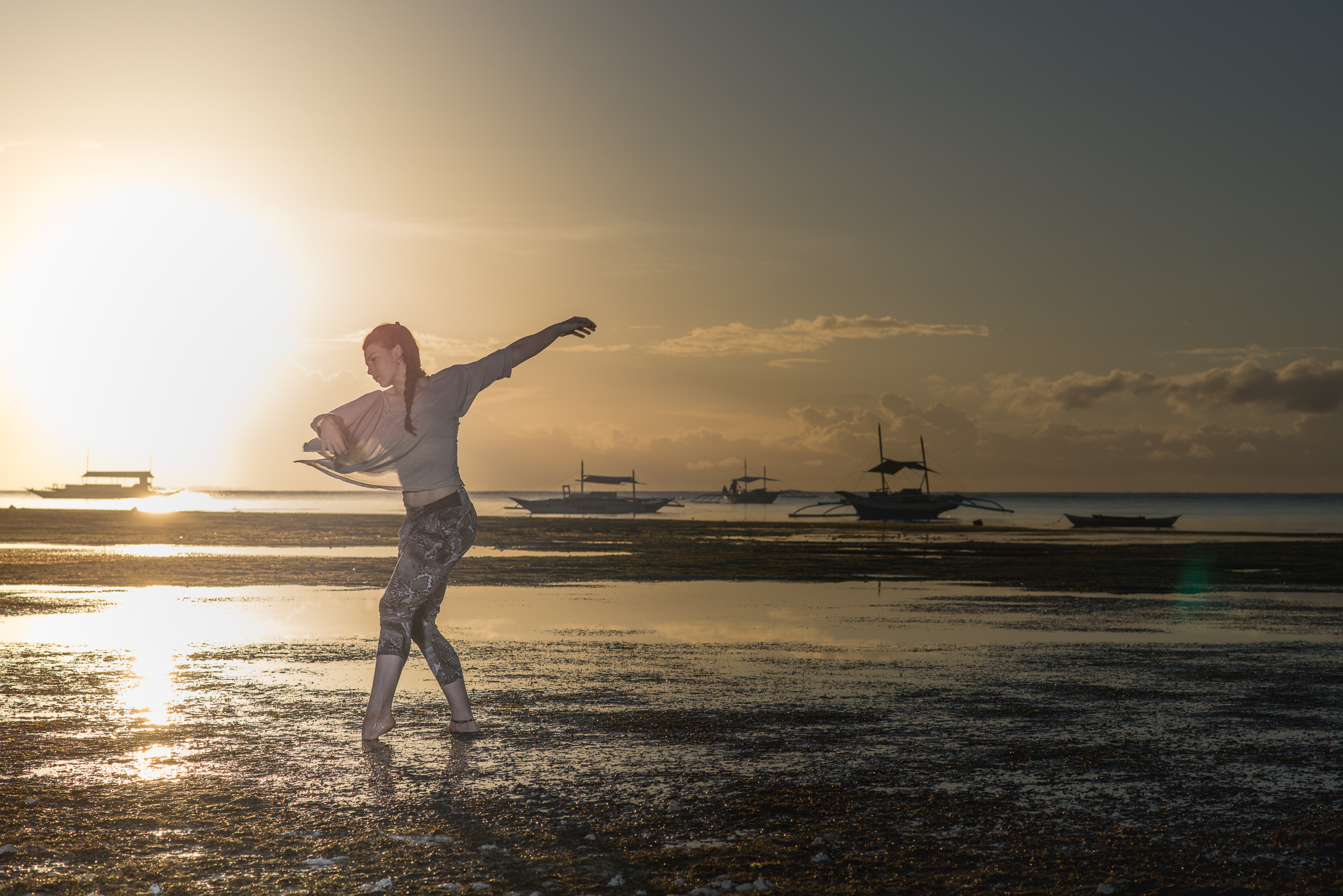

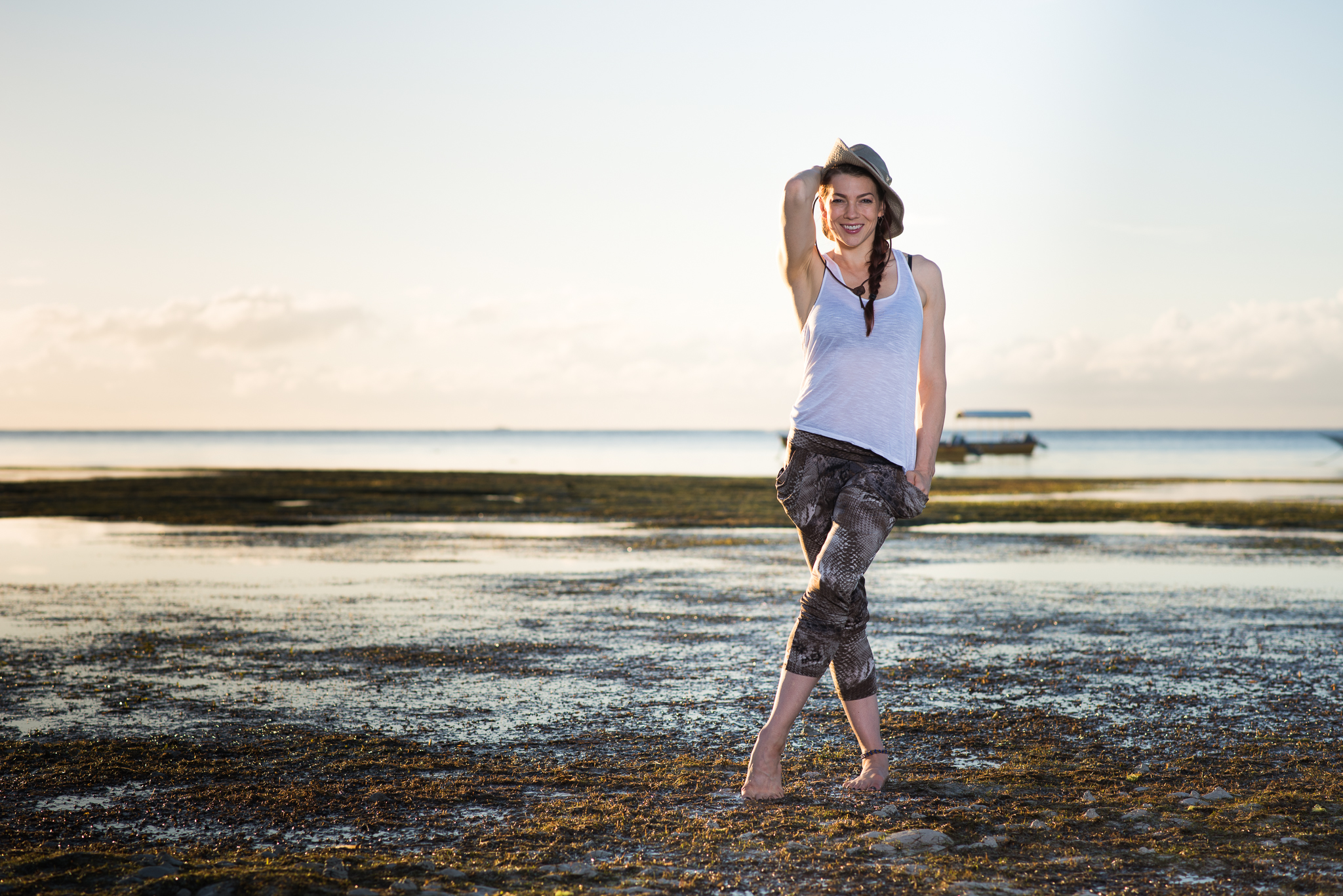

“I don’t do balls,” I used to say.
Like many other dancers I knew growing up, I formed an identity around being a dancer with no interest in activities involving balls, pucks, paddles, etc. (unless I was dancing with it).
In high school, I almost failed P.E. class because I flat-out refused to participate in any sports activity. As a result, in later years, whenever someone would throw me a ball I’d duck away rather than catch it, or if I did attempt a catch, it would be in a stiff and panicky state. It was embarrassing.
Ki’ilani (seen in the video) changed my relationship with catching. She loves balls more than anyone I’ve ever met. Every trip to a large store includes a visit to the sports aisle to feel balls. She even keeps a ball in her pocket for comfort tossing. One of our quarantine activities has been ‘dance catch.’